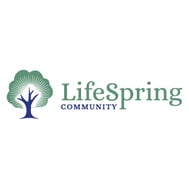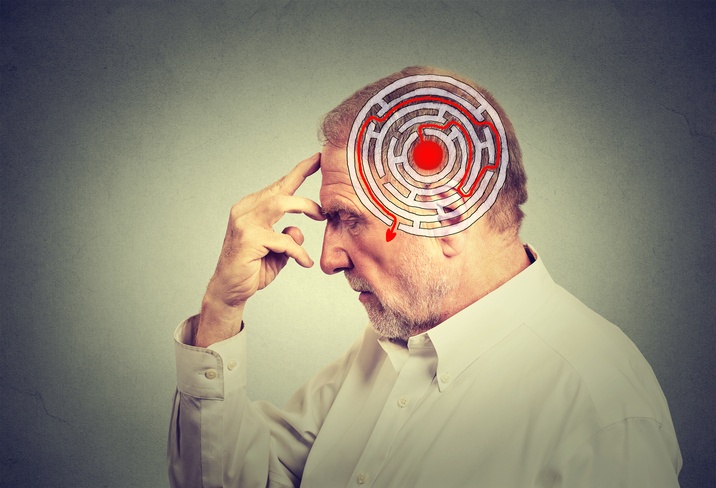According to the Stroke Center, about 795,000 Americans suffer a stroke each year, making strokes the leading cause of serious, long-term disability in the United States. Approximately three-quarters of people who have strokes are over the age of 65, and about 600,000 of these are first attacks.
The Importance of Stroke Rehabilitation
Strokes vary widely in severity, and in what parts of the body they affect. Regardless of the type and severity of a stroke, however, rehabilitation is always a key component of effective recovery, According to the Mayo Clinic:
“The severity of stroke complications and each person's ability to recover vary widely. Researchers have found that people who participate in a focused stroke rehabilitation program perform better than most people who don't have stroke rehabilitation.”
What Are the Main Components of Stroke Rehabilitation?
Again, it’s important to note that no two rehabilitations are precisely the same, but typically rehabilitation involves 4 related components, as follows:
- Physical activities: physical activities are designed to help stroke victims regain muscle strength and coordination (through motor-skill exercises), as well as mobility (typically aided with walkers, canes, ankle braces and/or wheelchairs). Physical therapists also help victims regain range-of-motion by easing muscle tension (called “spasticity”).
- Technology-assisted activities: therapists use a range of technologies to help stroke victims recover. These include the application of electricity to “re-educate” muscles; robotic devices; wireless technologies (such as activity monitors); and increasingly virtual reality, which helps recovering people regain function by interacting with simulated environments.
- Cognitive and emotional activities: some stroke victims need help regaining cognitive abilities (such as speech, memory, problem-solving, processing, social skills, judgment and safety awareness). They receive that help from caregivers like occupational and speech therapists. Others require the skills of trained psychologists, who can aid with emotional adjustment. Cognitive/emotional care can also involve the use of medications (like antidepressants) prescribed by a physician.
- Experimental therapies: several experimental therapies show great promise in rehabilitation. These include things such as noninvasive brain stimulation, biological therapies and alternative medicines.
How Long Does It Take to Recover?
Rehabilitation generally begins within 24 to 48 hours of a stroke, and typically while stroke victims are still in the hospital. How long stroke rehabilitation lasts varies widely depending on the severity of the stroke, with some people recovering relatively quickly. For most, however, rehabilitation takes months, or even years.
Where Does Rehabilitation Occur?
Before stroke victims leave the hospital, they and their families consult with the hospital care team to determine the best kind of facility for effective stroke rehabilitation. Depending on that evaluation, patients could be referred to inpatient units (often part of a hospital or clinic); outpatient units; and skilled nursing facilities (some of which specialize in rehabilitation). In some cases, an evaluation will determine that a patient qualifies for home-based care (one drawback of which is that patients will not have access to specialized equipment).
What Kinds of Medical Professionals Participate in Rehabilitation?
Several kinds of medical professionals and specialists work as a team to enhance recovery. These include:
- Physicians: this could include your primary care doctor, as well as specialists like neurologists and those trained in physical medicine and rehabilitation;
- Rehabilitation nurses: these are specially trained medical professionals with experience caring for people with physical limitations;
- Physical therapists: among the chief goals of physical therapists is helping patients regain their ability to maintain balance and walk;
- Occupational therapists: OTs help stroke patients relearn physical activities like tying their shoes or buttoning their shirts. They can also provide assistance with activities like swallowing and staying safe in their homes.
- Rehabilitation specialists: a variety of specialists are often involved in rehabilitation, including speech pathologists, social workers, therapeutic recreation specialists and vocational counselors.
Conclusion
Because every stroke—and every stroke patient—is different, effective rehabilitation requires a highly-customized and specialized approach, and a team of experienced and caring medical professionals. Recognized by the Centers for Medicare and Medicaid Services with a five-star rating, Church Home Life LifeSpring is dedicated to providing that kind of care. To learn more about our short-term rehabilitation, long term care and hospice/respite care services, contact us today.


